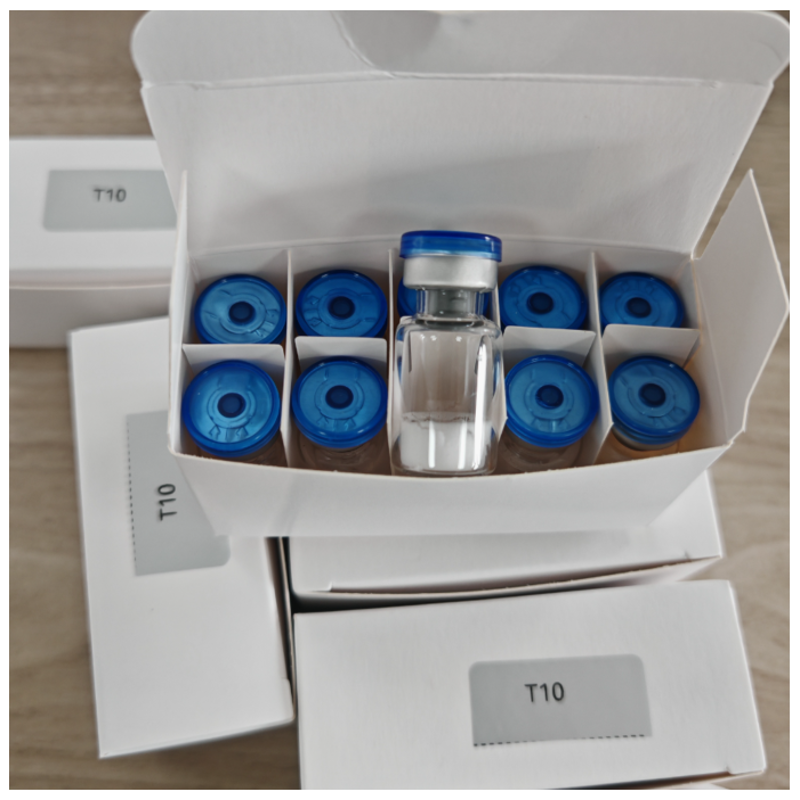-
Categories
-
Pharmaceutical Intermediates
-
Active Pharmaceutical Ingredients
-
Food Additives
- Industrial Coatings
- Agrochemicals
- Dyes and Pigments
- Surfactant
- Flavors and Fragrances
- Chemical Reagents
- Catalyst and Auxiliary
- Natural Products
- Inorganic Chemistry
-
Organic Chemistry
-
Biochemical Engineering
- Analytical Chemistry
-
Cosmetic Ingredient
- Water Treatment Chemical
-
Pharmaceutical Intermediates
Promotion
ECHEMI Mall
Wholesale
Weekly Price
Exhibition
News
-
Trade Service
Endpoints that provide early identification of treatment effects are needed to more effectively conduct type 1 diabetes prevention trials
Glucose and C-peptide response curves (GCRCs) were constructed by plotting mean glucose and C-peptide values for a 2-hour oral glucose tolerance test
Teplizumab delayed the rapid decline in metabolism and improved metabolic status within 3 months of treatment; this effect persisted for at least 6 months
Table 1 Comparison of endpoints in placebo and oral insulin groups using changes in metabolic parameters from baseline to 1-year follow-up*
Table 1 Comparison of endpoints in placebo and oral insulin groups using changes in metabolic parameters from baseline to 1-year follow-up*Figure Glucose c-peptide response curves (GCRCs) allow visualization and quantification of the evolving relationship between glucose and c-peptide during the development of type 1 diabetes
Figure Glucose c-peptide response curves (GCRCs) allow visualization and quantification of the evolving relationship between glucose and c-peptide during the development of type 1 diabetes
The Deterrence of Rapid Metabolic Decline within 3 Months after Teplizumab Treatment in Individuals at High Risk for Type 1 Diabetes.
Leave a Comment here







